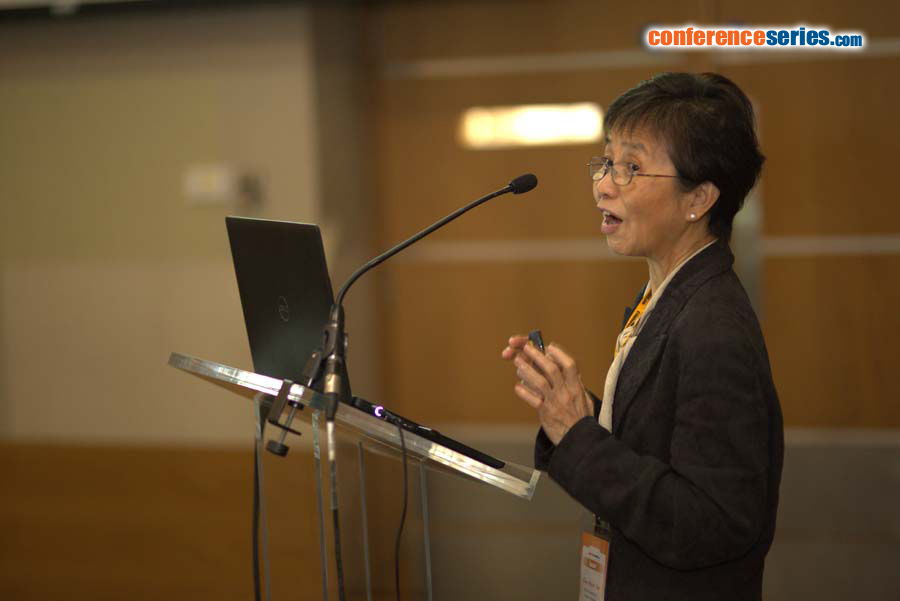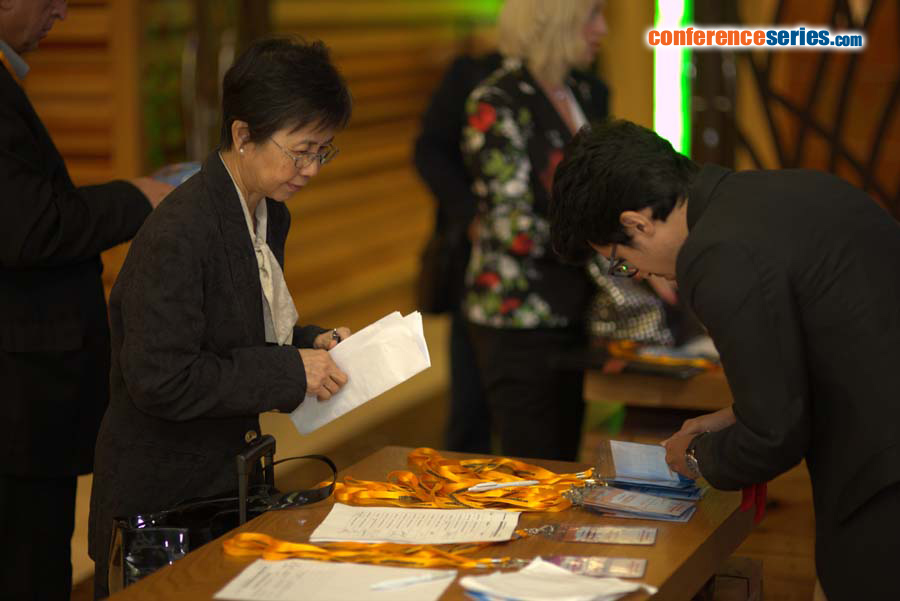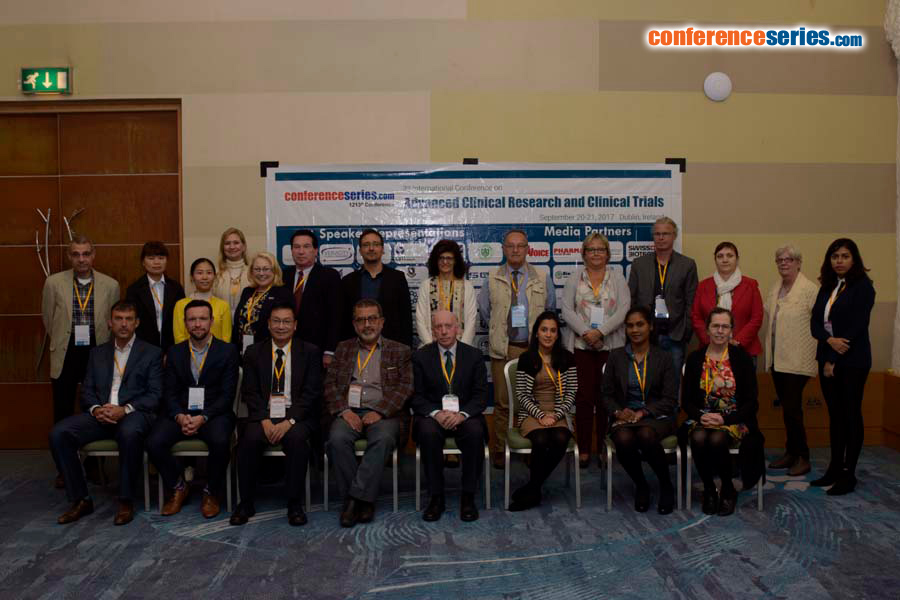
Chay-Hoon Tan
National University of Singapore, Singapore
Title: Usage of herbal medicines in older adults in Singapore
Biography
Biography: Chay-Hoon Tan
Abstract
Introduction: Herbal medicines (HM) are a complementary and alternative medicine (CAM) modality that will likely play greater roles in older adults’ care. HM’s oral nature coupled with age-related pharmacological changes, comorbidities and poly-pharmacy put older adults at risk of drug-herb interactions, adverse reactions and hospitalizations. However, current studies focus largely on CAM use in the general population.
Objective: To investigate the utilization patterns and factors associated with HM use of older adults in Singapore.
Methods: A cross-sectional study of subjects from association between diet and health status study (project 10-517). Sociodemographic and health variables were collected from project 10-517 and telephone interviews regarding HM utilization were conducted on corresponding subjects. Inclusion criteria of subjects were: no intervention study participation; written consent for follow-up and; verbal consent. Exclusion criteria included inability to contact/interview after ≥3 attempts and; inability to speak on phone.
Results: 509 subjects were interviewed. Subjects’ mean age was 67±6 years old. 12 month HM prevalence was 60.1%. Top 3 HM included American ginseng (n=161, 52.6%), wolfberry (n=104, 34.0%) and Codonopsis (n=69, 22.5%). They were mainly used for health improvement with high satisfaction levels. Sociodemographic predictor variables included gender (female OR:3.199, CI:2.021-5.065), age (≥76 years old, OR:0.444, CI:0.198–0.997) and high social activities level (high, OR:1.964, CI:1.012–3.813). Health predictor factors included family history of dementia (OR:3.157, CI:1.036–9.618), improvement of self-rated health (OR:1.799, CI:1.020–3.173) and specific chronic conditions like arthritis (OR:1.994,CI:1.039-3.823) and cancer (OR:0.367,CI:0.148-0.911).
Conclusion: HM utilization patterns, sociodemographic and health predictor variables found in this study can aid healthcare professionals to identify potential/current HM users and initiate individualized education/consultation on safe HM use among older adults.






